don’t come up a cropper – seed quality testing promises a bumper harvest
Crop health and yield are highly influenced by seed quality.
Low-quality seeds lead to weak seedlings and slow germination.
Agricultural seed testing can prevent challenges like cold soil, soil-borne pathogens, and other unfavourable conditions.
Further, the rise in demand for organic seeds has led to an increase in the availability of high-quality seeds crucial for our food and nutrition.
Seeds are outstandingly important – most plants propagate via seeds and for many crops, e.g. cereals and oil seeds, the seeds are the essential part of the harvest.
Determining seed quality is a key step in plant research, seed breeding, seed production, seed trade, and seed storage and maintenance in gene banks.
This implies the properties of the seed as well as germination characteristics, together with tests for purity or weed contamination in seed batches.
Many protocols are available that determine how to test the seed features, seed batch properties, seed germination, or seedling emergence.
What Makes A Good Seed?
| Required variety | Analytical purity |
| Good plant establishment | Freedom from disease |
Digital Seed Testing
Digital seed testing tools do not change the testing process as such, but they provide an assistance and documentation system for the inspection process.
By complementing the visual inspection, they improve the process so that it is better standardised, repeatable, person-independent and high-throughput.
The digital systems work with images recorded from the seed – or seedling – samples.
Recording images has two major goals – first, image processing extracts features that are relevant for the inspection as such, and second, images serve as documentation of the sample material at the moment of the inspection.
Already the documentation via the recorded images is an advantage over the visual scoring process where numbers are noted down.
The documentation allows re-inspection of the material at later times, if required.
The main advantage is the feature extraction, of course.
The feature extraction recognises whether a seed has germinated, a seedling has emerged, and it delivers information on the quality.
The quality information can comprise shoot- and root-dimensions, geometrical measures of the seedlings or colour distributions in the seedlings.
Feature extraction can take advantage of classical image processing, but advanced machine learning is becoming more prominent recently.
The machine learning processes allow to train the algorithms according to user-specific sample material and to better discriminate normal from abnormal seedlings.
Thus, the identification of usable seedlings is only possible by using machine learning tools.
Seed testing analyses the physical quality of a seed line.
A sample of seed is drawn from a seed line and is tested according to International Seed Testing Association (ISTA) procedures.
Results of the analysis relate to the sample as received unless drawn from a seed lot that meets the conditions for the issuance of a Certified or ISTA Certificate of Analysis.
Types Of Seed Tests
Some commonly conducted seed tests include:
- Purity analysis
- Germination analysis
- Weed seed search
- Seed identification
- Weight determination (1000 seed weight)
- Tetrazolium
- Sprouting
- Moisture content
- Vigour
- Quarantine inspection
PAS’ wide range of seed testing products
| Hyperspec NIR | Hyperspec VNIR | Hyperspec SWIR | LABSPEC NIR SPECTROMETERS |
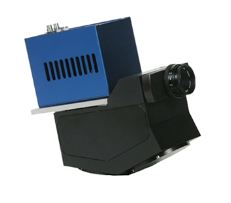 | 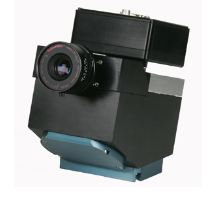 | 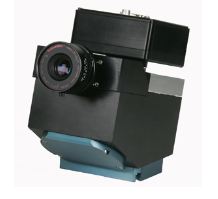 | 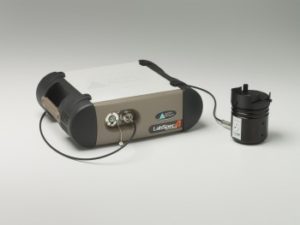 |
| Field Scanalyzer | HyperAIxpert | PhenoAIxpert | Growscreen Rhizo |
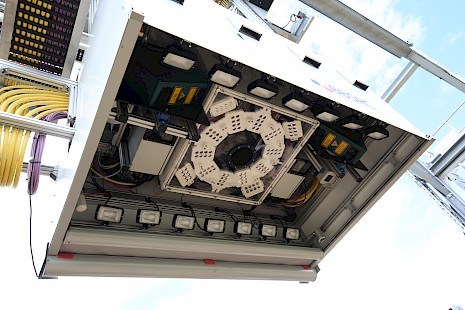 | 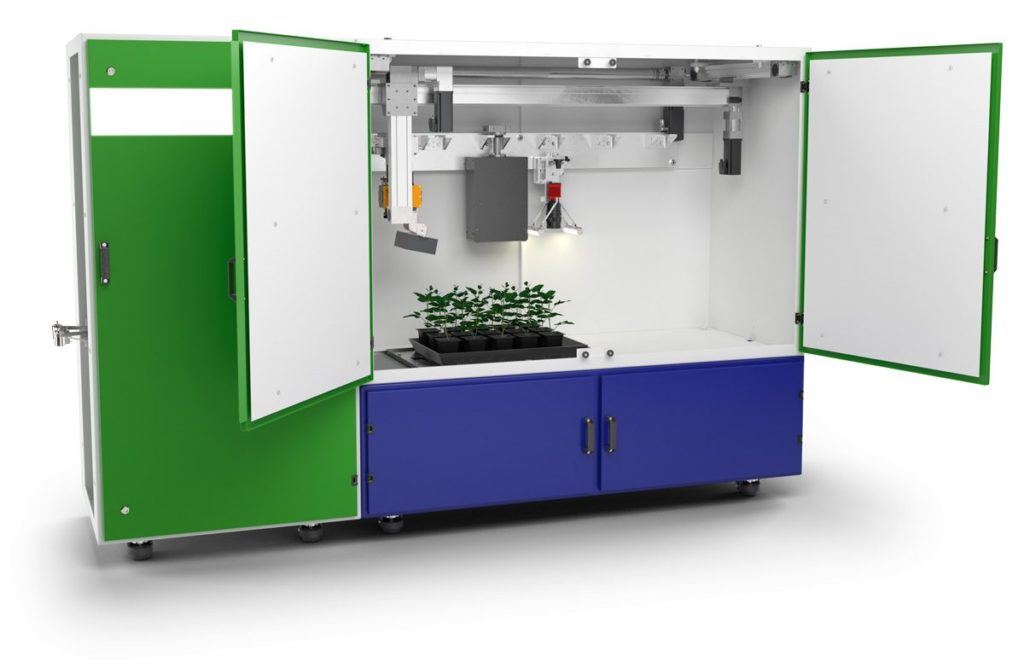 | 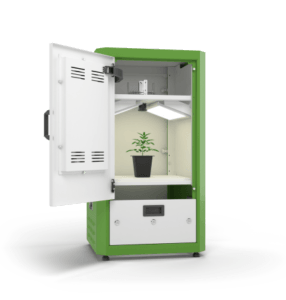 | 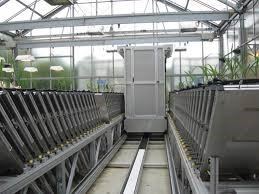 |
More here: LemnaTec’s solutions available through PAS
While most phenotyping solutions focus on above-ground traits of the plants, roots are usually hidden in soil and thus not accessible to measurements.
To make them visible, specific cultivation measures are available.
The Growscreen Rhizo uses soil-filled rhizoboxes placed at 45° angle that have a transparent plate where roots are visible for recording.
In collaboration with and under licence of the Forschungszentrum Jülich, LemnaTec offers the Growscreen Rhizo as combined root- and shoot-phenotyping system.
Core component is an image acquisition cabinet with high-resolution cameras focused on the roots and the shoots of the plants.
Thereby, classical shoot imaging is done simultaneously with precision root imaging. The cabinet is also equipped with dedicated illumination to enable optimal image recording.
For more details, download the Growscreen Rhizo brochure (PDF).
Lemnatec™ Field Scanalyzer
The Field Scanalyzer Gantry System is a 3-axis sensor-to-plant phenotyping system. The design and construction is based on an industrial portal crane system.
The x-axis is guided along a rail system underpinned by concrete piles driven into the ground so as to allow natural drainage and no impediments as traditional concrete footings may act as flow barriers.
In x-direction, length is only limited by the cabling requirements; one of our customer installations reaches 500 m length.
The y axis is orthogonal to the rails and bears the lifting unit for the container with the sensing equipment. In the y-direction, customised width, e.g. 10 m, 20 m or 30 m is possible to span over a given growth area.
The z axis serves to lift up and down the container with the sensor equipment.
Having environmental sensors on board, the Field Scanalyzer records climatic data during all phenotypic measurements so that users find phenotype and environment data linked in the database.
For more details, visit the PAS website.
The Lemnatec™ PhenoAIxpert is the versatile phenotyping system for laboratories – your entry into the phenotyping world.
- For many sample types in plant research, breeding and beyond
- Save time and labor in phenotyping
- Reproducible and standardisable through unified image and information storage, and analyses
- The laboratory phenotyping system is available in three versions – PhenoAIxpert, PhenoAIxpert Pro, PhenoAIxpert Root
- Application-oriented analytical workflows
For more details, download the Lemnatec™ PhenoAIxpert brochure (PDF).
LabSpec NIR Spectrometers
Portable, laboratory-grade instrumentation for fast-moving environments, LabSpec performs rapid, non-destructive qualitative and quantitative materials analysis using state-of-the-art NIR technology.
With options in Standard-Res, High-Res and Benchtop analysers, these spectrometers are optimised for rapid analysis, providing instant results with no sample preparation.
- Evaluate hundreds of samples per day
- Real-time ID of liquid and solid spectral characteristics
- Measure multiple properties simultaneously
- Compatible with ASD sampling accessories
For more details, visit the PAS website.
